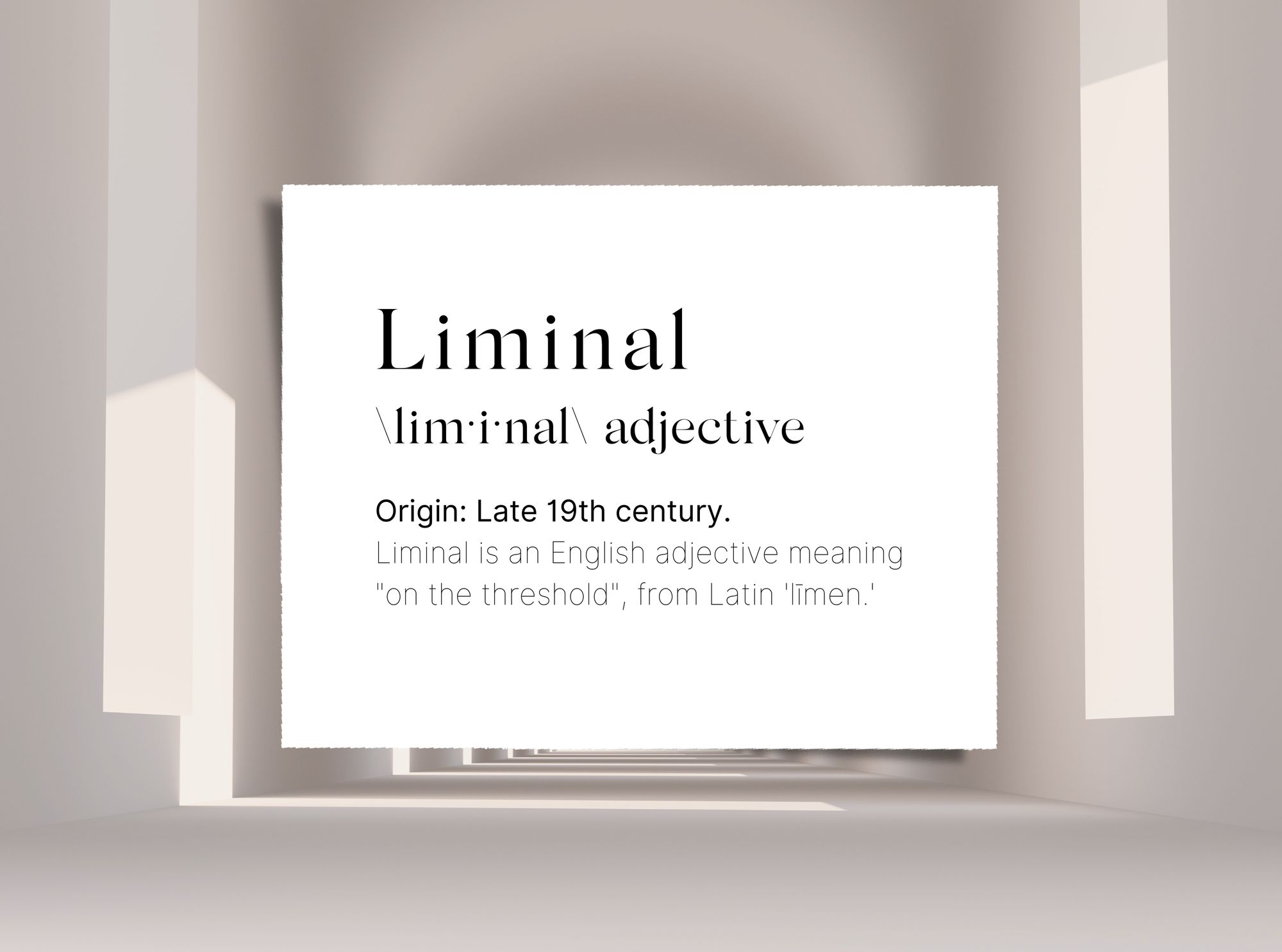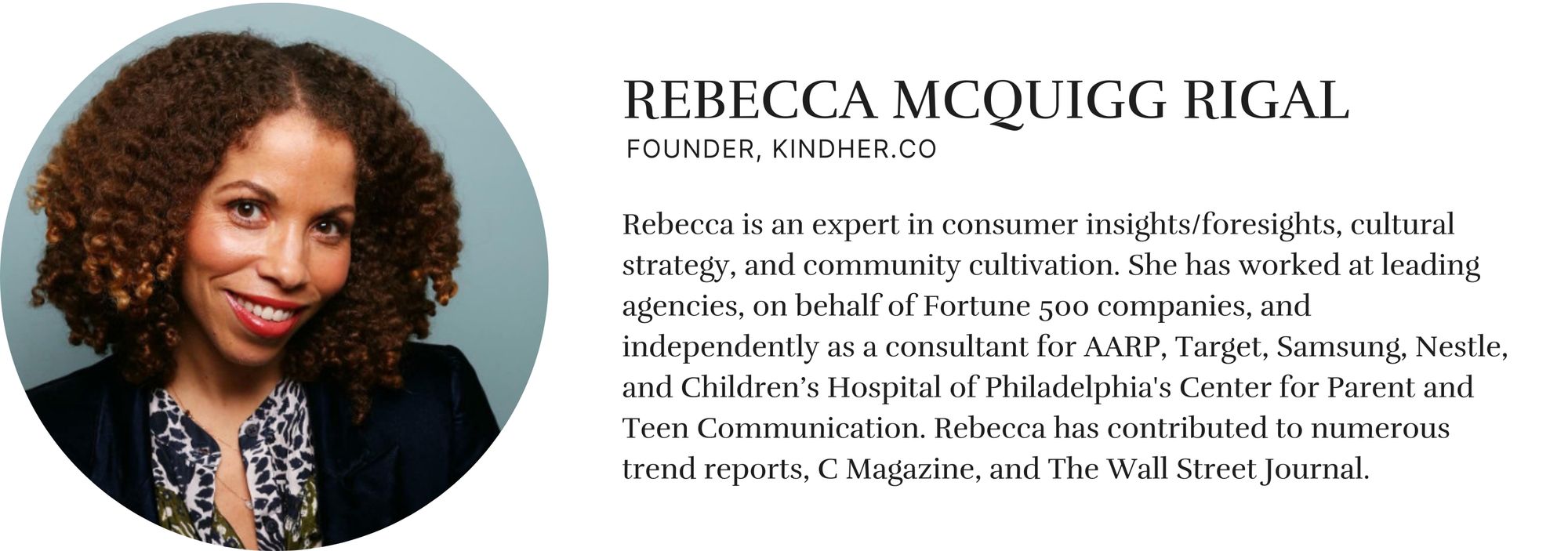Liminal
Vol. 01 | Exploring that which is between.

"It is the ultimate teachable space. In some sense, it is the only teachable space." - Richard Rohr
If you're a lover of words and a voracious consumer of content, like we are, you've likely seen or heard the term "liminal" appear in books, articles, podcasts, social media posts, and possibly in conversations with friends.
The word itself has a unique way of rolling off the tongue. It's a bit mysterious. It sounds like the kind of word you would want to casually use in a sentence at a dinner party to garner a bit of intrigue, "It all feels so 'liminal'..." It's one of those words where, if you haven't heard it (yet), it sticks with you.
But it’s not just the sound of the word that’s sticky, it’s the way the word perfectly articulates a particularly universal feeling that so many of us have been experiencing as of late. That is: of being neither here nor there. And the seemingly endless applications to which it can be applied during this particular time, as we weather and (dare we say,) release ourselves to a continuous flow of chaos and disorientation central to the liminal experience.

Since the term was coined in the late 19th century, liminality has been explored by anthropologists, theorists, psychologists, architects, artists, and beyond. And while the word has been in circulation as a social/cultural reference for the past 100+ years, its usage has risen to new heights through the pandemic, with its stops, false starts, and unknowns - as many attempted to contextualize and analyze this unprecedented gray area in history. Google trends shows an 83% increase in interest in "liminal" topics over the past year alone. The term “liminal space” has even been added to the dictionary.
Originating from the Latin word 'Limen,' meaning 'threshold,' the German/French ethnographer and folklorist Arnold van Gennep is credited with penning the term for his book Les Rites de Passage (The Rites of Passage, 1909). In his work, he observed that every society has ceremonies to honor common transition points throughout one’s life and amongst social groups.
“...The peculiar unity of the liminal: that which is neither this nor that, and yet is both.” - Victor Turner
It implies the middle space between a beginning and an ending - a transition phase between one state and another, "betwixt and between," neither here nor there. It's a phase of transition, a feeling of being "in" the process of change from one place to the next, from one state of being (or condition) to another, and a change in social status. It presents during rites of passage: birthing someone or something, starting a career, losing a job, falling in love, going through a divorce, moving through trauma. It’s baked into the phases of life: adolescence, parenthood, mid-age, elderhood. It’s along for the ride as we evolve, pivot, and become.

In later research, anthropologist Victor Turner posited liminal periods in one's life are an “invisible stage of reflection” where one withdraws from the regular cadence of life and is able to acquire knowledge and “a change in being.” Religious scholar Richard Rohr called it "...the ultimate teachable space. In some sense, it is the only teachable space".
Liminality is both literal and figurative. Liminal beings - those who are queer, transgender, mixed-race, or multi-lingual - persons who embody what it means to live between identities and/or cultures. Liminal spaces transport us from one place to another - doorways, hallways, stairways, alleys, bridges, and airports. It's open sky, the desert, the space where the ocean meets the shore. It's the time between seasons changing. It's twilight and dusk. It's observing the shape of an object before knowing what it is. It's that time between falling asleep and dreaming.

The inaugural issue of The Noodler - will explore what it means to occupy the literal and metaphorical 'liminal' in our lives and work while examining some of the shifting cultural dynamics playing out before us.
Join us each Wednesday for slow content - based on cultural research and observational insights - meant to be contemplated, discussed, savored, and shared.
Curators



